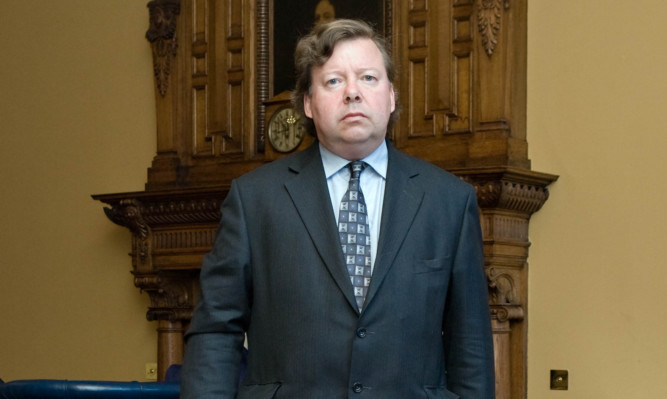Lord Carloway has been named as Scotland’s new top judge.
The Queen has appointed him to be Scotland’s next Lord President of the Court of Session and Lord Justice General of the High Court.
The 61-year-old succeeds Lord Gill, who retired from the post at the end of May.
Lord Carloway, who previously held the role of Lord Justice Clerk – the second most senior title in the judiciary – will be officially installed as Lord President early in the New Year.
The appointment was announced by First Minister Nicola Sturgeon.
She said: “Lord Carloway has a wide breadth of experience in both the civil and criminal spheres, and his commitment to continuing reform and modernisation of our justice system is clear.
“Under his leadership I am confident that the already substantial improvements to Scotland’s courts will continue.
“I would also like to take the opportunity to thank Lord Gill for his outstanding public service both in his role as a judge and as the Lord President.
“Lord Gill is an eminent individual of great stature and integrity who led Scotland’s judiciary with distinction.
“The reforms that were recommended by the review which Lord Gill led on the Scottish civil justice system will be his legacy and are seen as the greatest changes made to the system for over a century. Lord Carloway is a worthy successor in this important role.”
The post of Lord President, which comes with an annual salary of more than £220,000, is deemed to be one of the great offices of state.
Lord Carloway was nominated for the role by the First Minister, taking account of recommendations made by a selection panel.
The judge, a graduate of Edinburgh University, was admitted to the Faculty of Advocates in 1977. He served as an Advocate Depute – a senior Crown prosecutor – from 1986 to 1989 and was appointed Queen’s Counsel in 1990.
He became a judge almost 16 years ago and gained the title of Lord Justice Clerk in August 2012.
In 2011 he published the Carloway Review, which looked at key elements of criminal law and recommended the requirement for corroboration in Scottish criminal prosecutions should be abolished.
The Scottish Government dropped its plan to scrap corroboration earlier this year but other recommendations from the Carloway paper were taken forward in the Criminal Justice (Scotland) Bill, approved by Parliament earlier this week.
James Wolffe QC, Dean of the Faculty of Advocates, said: “I warmly congratulate Lord Carloway on his appointment as Lord President.
“His appointment as head of Scotland’s judiciary is richly merited – having regard not only to his personal qualities but to his distinguished career of service.”
The Scottish Courts and Tribunals Service (SCTS) also welcomed Lord Carloway’s appointment to the position, which will also see him automatically become chair of the SCTS board.
The appointment creates a vacancy for the office of Lord Justice Clerk.
